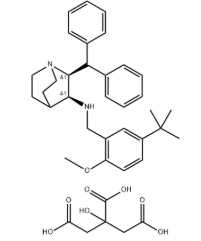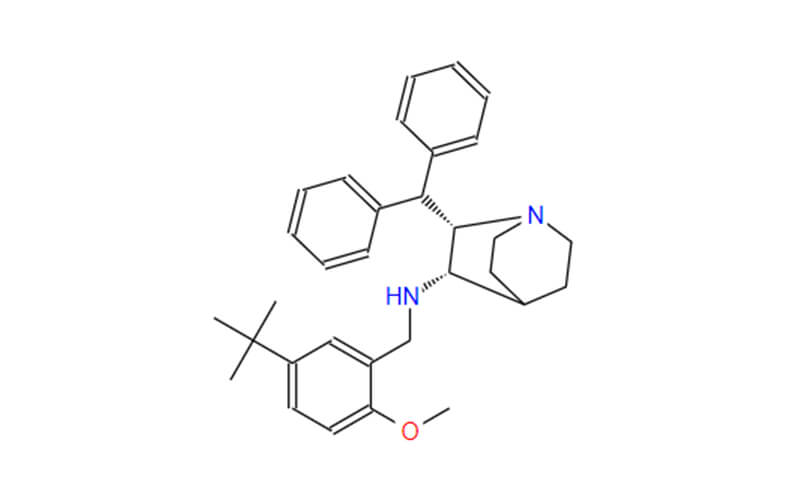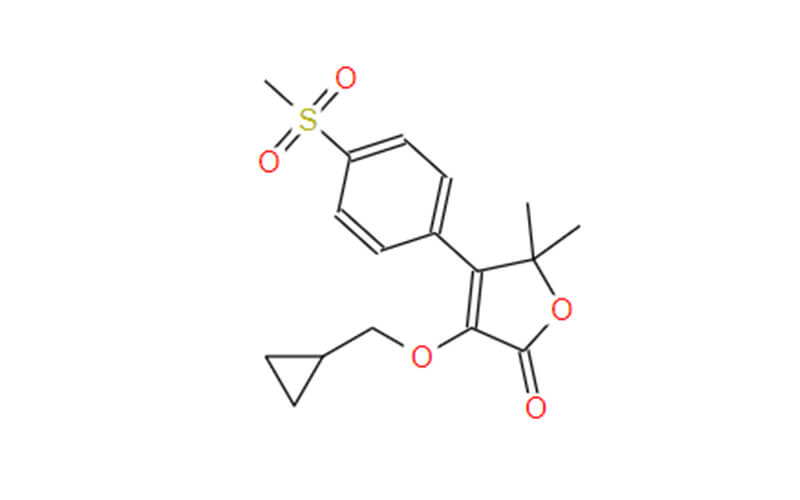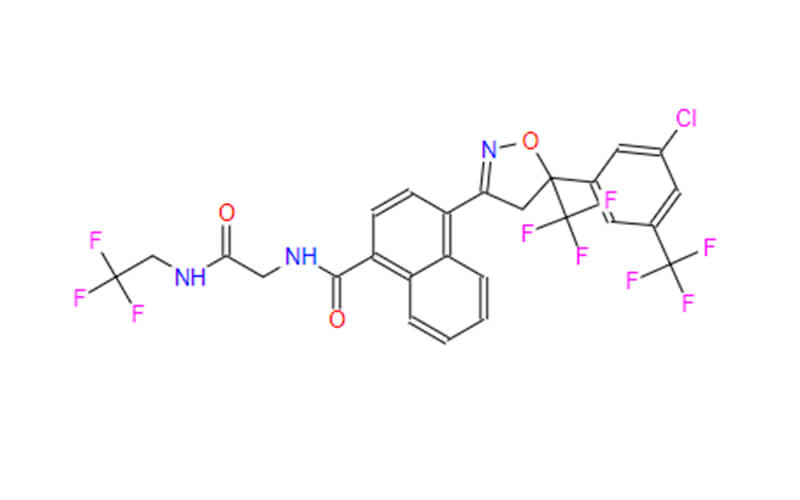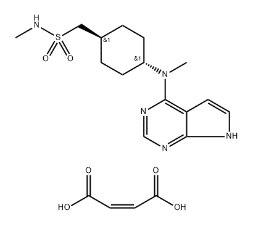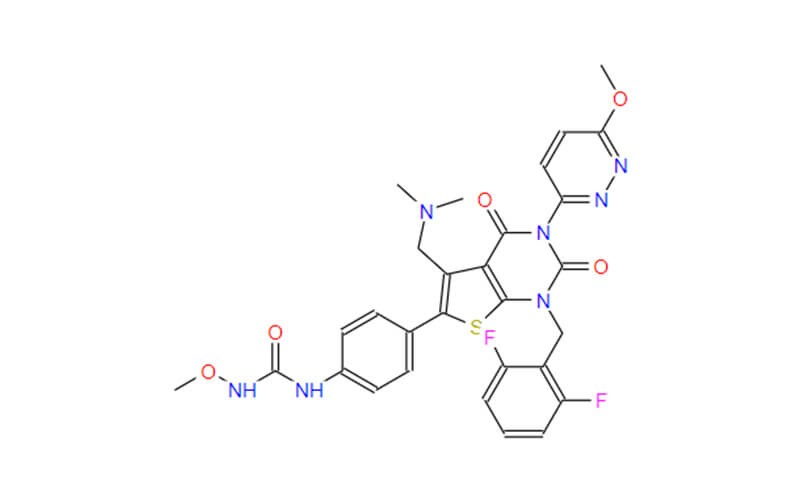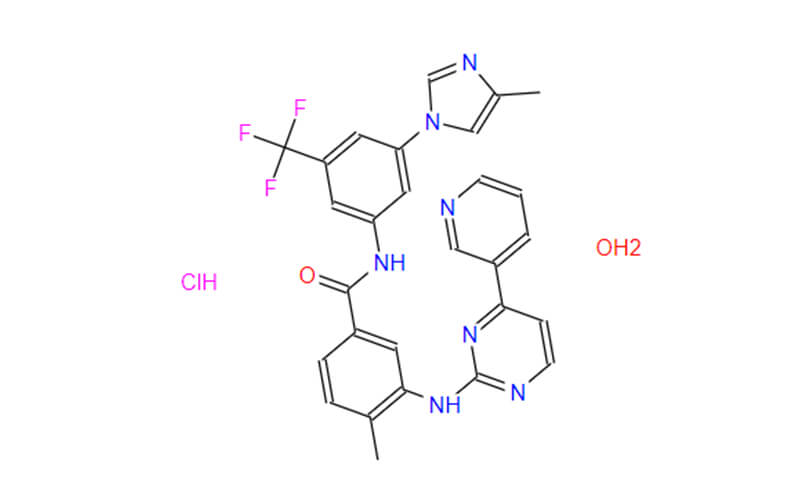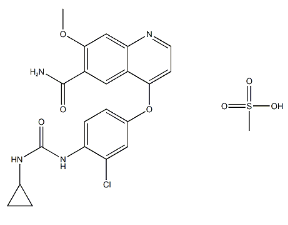Oclacitinib: Understanding This Medication for Managing Dog Allergies
Oclacitinib, a medication commonly known by its brand name Apoquel®, has become a popular choice for managing allergies in dogs. However, with its growing use, many dog owners have questions about its details, effectiveness, and safety. This article aims to provide a comprehensive overview of oclacitinib, addressing its key aspects and empowering you to make informed decisions about your furry friend’s health.
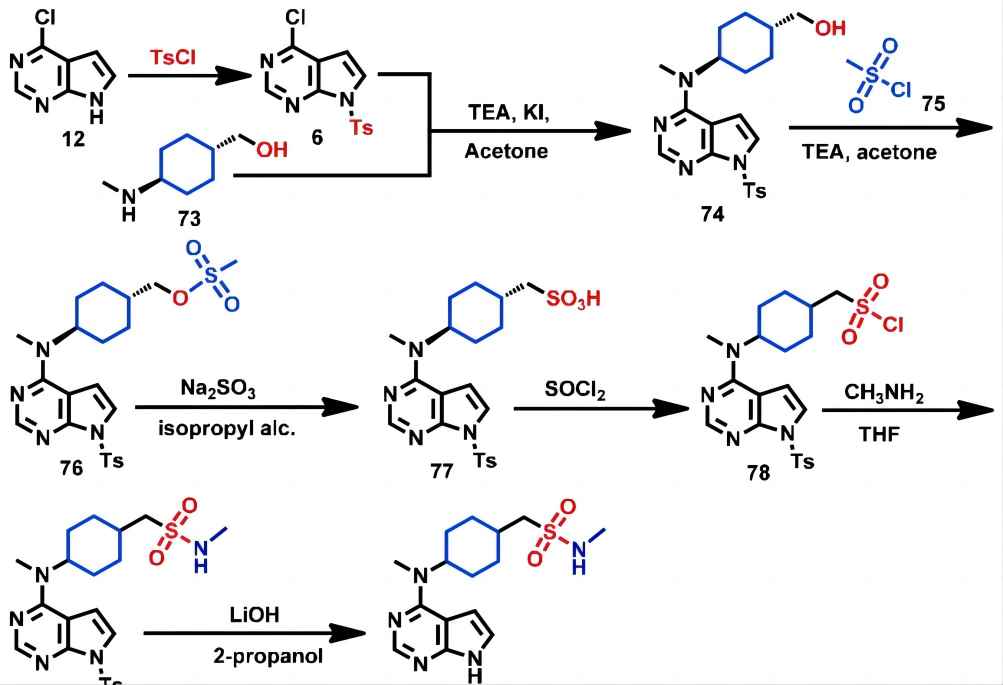
What is Oclacitinib?
Oclacitinib is a small-molecule drug belonging to a class of medications called Janus kinase (JAK) inhibitors. It specifically targets JAK1, an enzyme within a complex inflammatory pathway responsible for triggering allergic reactions. By interrupting this pathway, oclacitinib effectively reduces the production of inflammatory chemicals like cytokines, ultimately alleviating allergy symptoms in dogs.
Delving into Oclacitinib: Active Pharmaceutical Ingredient and Manufacturers
Within the realm of veterinary pharmaceuticals, oclacitinib’s efficacy hinges on its key component: the Active Pharmaceutical Ingredient (API). This highly regulated chemical compound, meticulously synthesized through established manufacturing processes, serves as the cornerstone of oclacitinib-based medications.
Dissecting the API’s Role
The oclacitinib API, with its unique chemical structure and pharmacological properties, acts as the foundation upon which finished medications are built. Pharmaceutical companies source this API from reputable manufacturers who adhere to stringent Good Manufacturing Practices (GMP) regulations, ensuring its purity, quality, and consistency. Once procured, the API undergoes further processing and formulation alongside excipients, inert ingredients that facilitate drug delivery and stability. This meticulous journey transforms the raw API into the finished medication readily available to veterinarians and pet owners.
A Global Landscape of Oclacitinib API Manufacturers
The global market for oclacitinib API boasts a diverse array of reputable manufacturers, each employing sophisticated production processes and stringent quality control measures. While disclosing specific manufacturers might be restricted due to confidentiality agreements, it’s crucial to understand that these entities operate under the watchful eye of regulatory bodies like the US Food and Drug Administration (FDA) and its international counterparts. This ensures adherence to the highest quality standards and safeguards the overall safety and efficacy of oclacitinib-based medications.
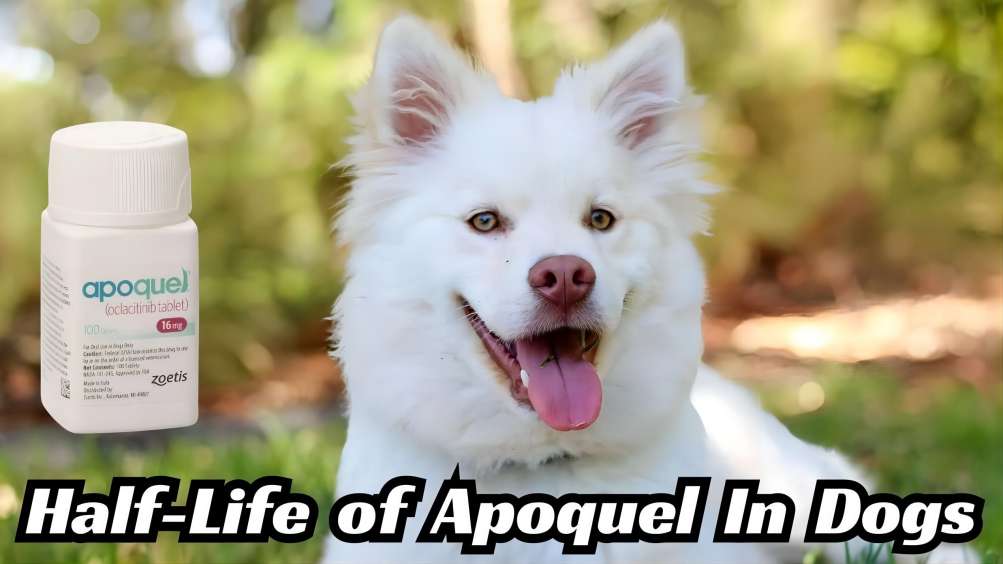
Oclacitinib Maleate: Unveiling the Salt Form Advantage
While the pure oclacitinib API possesses the inherent pharmacological activity, its raw form presents certain limitations for pharmaceutical formulation. Enter oclacitinib maleate, the salt form created by combining the API with maleic acid. This strategic manipulation offers several advantages:
- Enhanced Solubility: The salt form exhibits significantly improved solubility in water, a key factor for efficient drug absorption and bioavailability. This allows for the formulation of tablets and other oral administration formats, simplifying medication administration for pet owners and enhancing patient compliance.
- Improved Stability: Oclacitinib maleate boasts superior stability compared to the raw API, making it less susceptible to degradation during storage and ensuring consistent potency throughout the medication’s shelf life.
- Optimized Manufacturing: The salt form facilitates efficient large-scale production processes, ultimately contributing to the affordability and accessibility of oclacitinib-based medications for veterinarians and pet owners.
From API to Medication: Bridging the Gap
Oclacitinib maleate forms the foundation of finished medications like Apoquel. During formulation, the salt form is meticulously blended with excipients chosen for their specific properties. These excipients ensure the medication’s desired characteristics, such as:
- Tablet integrity: Binders and disintegrants guarantee the tablet’s stability and proper disintegration in the digestive system.
- Smooth administration: Lubricants facilitate easy swallowing and prevent the medication from sticking in the throat.
- Palatability: Flavoring agents can be added to enhance palatability, encouraging dogs to readily accept the medication.
- Protective coating: Coatings can protect the medication from moisture and light, further enhancing its stability and shelf life.
Through this meticulous process, oclacitinib maleate is transformed from a refined API into a user-friendly medication, ready to deliver its therapeutic benefits to dogs suffering from allergies.

How Effective is Oclacitinib Maleate for Treating Allergies in Dogs?
Oclacitinib maleate has emerged as a powerful tool in managing canine allergies, offering rapid relief and sustained control. However, understanding its effectiveness goes beyond simply quoting percentages. Here, we will explore the impact of various allergy types and dissect the factors influencing their success.
Efficacy Across the Spectrum of Canine Allergies
The primary target of oclacitinib maleate is atopic dermatitis, the most common form of canine skin allergies triggered by environmental allergens like pollen, dust mites, and mold. Studies have shown impressive results, with over 80% of dogs experiencing significant reductions in itching and skin lesions within days of starting treatment. Additionally, its efficacy extends to:
- Food allergies: Oclacitinib maleate can help manage pruritus caused by food sensitivities, often in conjunction with dietary changes.
- Flea bite hypersensitivity: In dogs with severe reactions to flea bites, oclacitinib can provide relief from intense itching and inflammation.
Understanding the Nuances of Effectiveness
While statistics paint a positive picture, individual responses can vary. Factors influencing oclacitinib maleate’s effectiveness include:
- Allergy severity: More severe cases might require additional strategies alongside oclacitinib, like allergen avoidance and supportive therapies.
- Early intervention: Starting treatment early in the allergy cycle can yield faster and more pronounced results.
- Underlying conditions: Concurrent infections or skin diseases can impact the medication’s response.
- Breed predisposition: Certain breeds might exhibit different treatment responses due to genetic factors.
Beyond Percentages: Measuring Success Holistically
The true gauge of oclacitinib maleate’s effectiveness extends beyond numerical data. Consider these additional aspects:
- Quality of life improvements: Reduced itching and improved skin health translate to a dramatic enhancement in a dog’s comfort and well-being.
- Owner satisfaction: Witnessing their furry companion thrive can significantly improve an owner’s emotional well-being.
- Long-term management: Oclacitinib maleate offers a safe and effective option for long-term allergy control, potentially reducing the need for corticosteroids with their associated side effects.
Remember: Consulting a veterinarian is crucial to assess your dog’s individual needs and determine the most effective treatment approach. They can tailor the dosage, monitor for potential side effects, and create a comprehensive management plan, including allergen avoidance strategies, to achieve optimal results and ensure your dog’s long-term well-being.

How Long Does it Take for Oclacitinib Maleate to Work?
Oclacitinib maleate, a medication for canine allergies, is lauded for its rapid relief. But how quickly does it work? While clinical trials and anecdotal evidence provide insights, it’s important to delve deeper into the nuances and factors influencing its onset of action.
Clinical studies consistently report impressive results regarding oclacitinib maleate’s speed of action. On average, dogs start experiencing significant reductions in itching and skin lesions within days, sometimes as early as 48 hours after commencing treatment. This rapid improvement offers quick relief for dogs suffering from uncomfortable allergies.
Here’s a closer look at the possible timeline:
- Within Hours: After oral administration, oclacitinib maleate is quickly absorbed into the bloodstream, reaching peak plasma concentrations within 1 hour. This sets the stage for its therapeutic effects to begin.
- 24-48 Hours: Many dogs experience noticeable improvements in itching and inflammation within this timeframe. This rapid response highlights the medication’s efficiency in targeting the JAK1 enzyme and interrupting the allergic pathway.
- Full Effect Within Weeks: While initial improvement is swift, it might take up to 4 weeks for the full therapeutic effect to manifest. This allows time for the medication to fully suppress the inflammatory response and achieve optimal symptom control.
Important Caveats:
It’s crucial to remember that individual responses can vary. While the above timeline provides a general picture, some factors can influence the onset of action:
- Severity of Allergies: Dogs with severe allergies might require longer treatment durations or higher doses to achieve the desired effect.
- Underlying Conditions: If other medical issues contribute to skin problems, oclacitinib maleate alone might not provide immediate relief. Addressing the underlying cause might be necessary alongside medication.
- Individual Variability: Like any medication, individual dogs process medications differently. Some might experience faster relief, while others might need more time to respond fully.
It’s important to understand that oclacitinib maleate is not a cure, but rather a management tool. The medication’s effects typically last for 24 hours with proper dosing. This means consistent administration is crucial for sustained control.
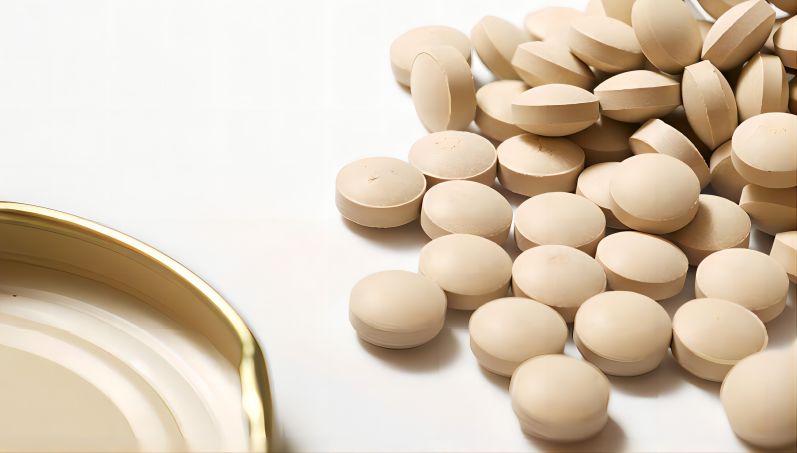
Can I Give My Dog Oclacitinib Maleate with Other Medications?
While oclacitinib maleate is generally considered safe for dogs, combining it with other medications requires careful consideration and always consult your veterinarian first. Mixing medications can lead to potential interactions, impacting their effectiveness or increasing the risk of side effects.
Here’s a breakdown of the key points to remember:
1. Understanding Drug Interactions
Oclacitinib maleate can interact with other medications, altering their absorption, metabolism, or excretion. This can weaken their intended effects or even lead to harmful reactions.
Specific types of medications pose a higher risk of interaction, including:
- Other immunosuppressants: Combining oclacitinib with drugs like corticosteroids or cyclophosphamide can increase the risk of infections.
- Medications affecting liver function: Oclacitinib is processed by the liver, so combining it with drugs that impact liver function can put additional strain on this organ.
- Heartworm medications: Some heartworm preventatives might interact with oclacitinib, so ensure your veterinarian is aware of all medications your dog is taking.
2. Crucial Considerations Before Combining Medications
Before giving your dog oclacitinib maleate alongside any other medication, provide your veterinarian with a complete list of all medications, supplements, and herbal products your dog is taking. This includes, but is not limited to:
- Prescription medications: Any medications obtained through a vet or human doctor.
- Over-the-counter medications: Even seemingly harmless products like pain relievers or allergy medications can interact with oclacitinib maleate.
- Supplements and herbal products: These seemingly natural remedies can also interact with medications.
3. Your veterinarian can then
- Assess potential interactions: They will carefully evaluate the list of medications and supplements to identify any potential interactions that could harm your dog.
- Adjust dosages or recommend alternatives: If necessary, they might adjust the dosage of oclacitinib maleate or suggest alternative medications to avoid potential interactions.
- Monitor your dog closely: If your dog must receive oclacitinib maleate alongside other medications, your veterinarian will likely recommend close monitoring for any signs of adverse reactions.
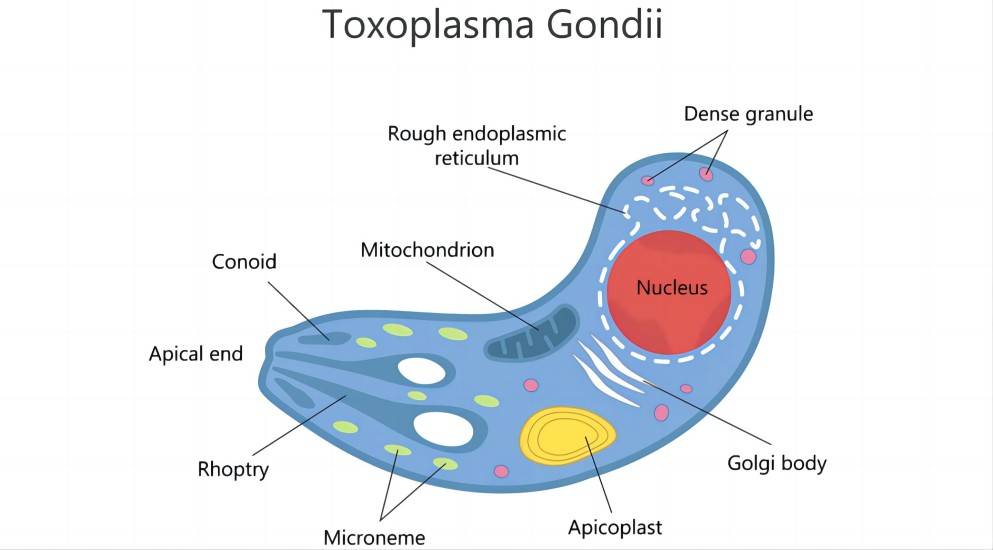
Conclusion
Oclacitinib represents a significant advancement in managing dog allergies, offering targeted relief with a rapid onset of action. However, responsible use is crucial to ensure its safety and effectiveness. Always consult your veterinarian before administering oclacitinib to your dog. They can assess your dog’s individual needs, determine the appropriate dosage, monitor for potential side effects, and guide you on combining oclacitinib with other management strategies like dietary changes and environmental control. Remember, a holistic approach can provide the best possible relief for your furry friend and restore their comfort and well-being.
Reference:
American College of Veterinary Dermatology: https://www.acvd.org/
Veterinary Partner: https://news.vin.com/
Apoquel Official Website: https://www.zoetisus.com/products/dogs/apoquel

